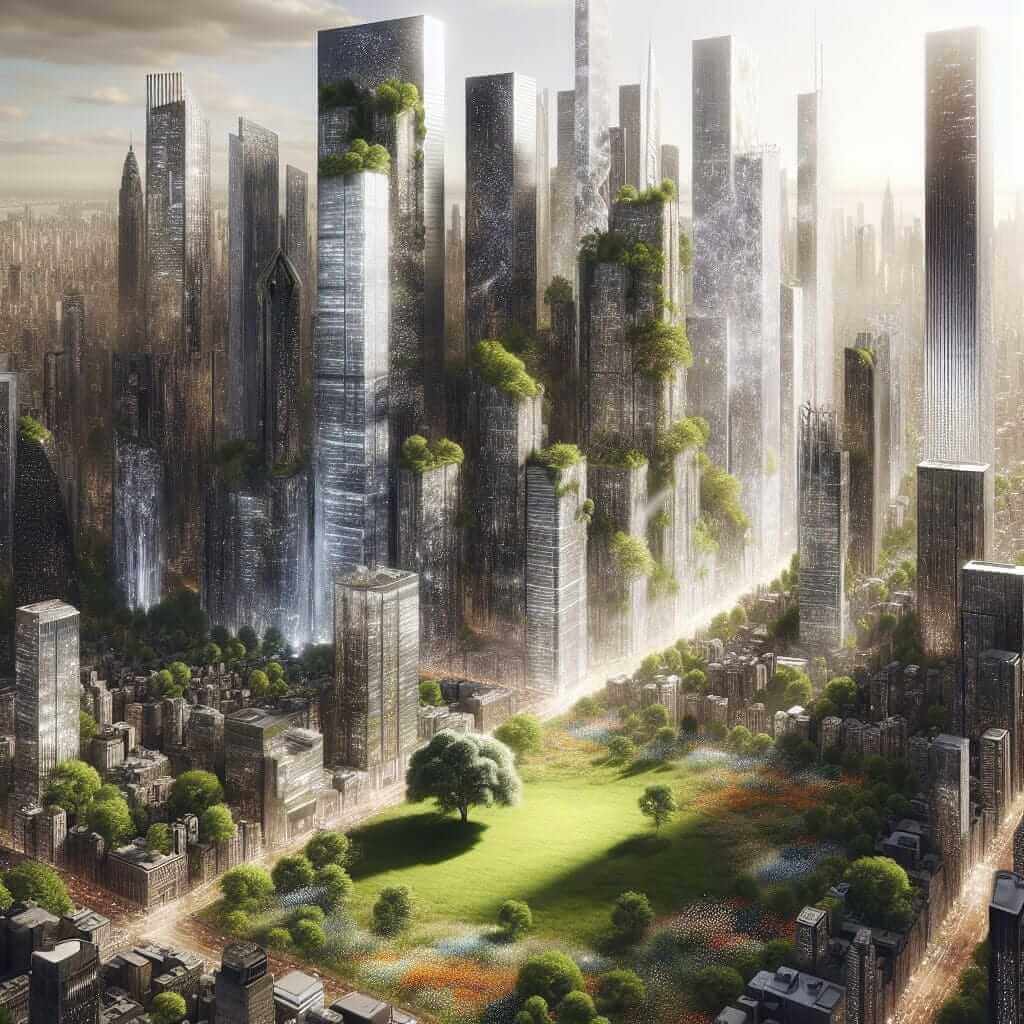The integration of green spaces in urban planning is a topic frequently appearing in IELTS Writing Task 2, reflecting its growing global significance. This essay will delve into the importance of this concept, provide a sample answer, and offer valuable tips for crafting a high-scoring IELTS essay.
Here are some potential IELTS Writing Task 2 questions related to this topic:
- In many cities, the lack of green spaces is a growing problem. What are the causes of this problem, and what are some possible solutions?
- Some people argue that it is more important to provide public transportation and other infrastructure in cities than to create green spaces. To what extent do you agree or disagree?
- Urban planners should prioritize the development of green spaces over the construction of new buildings. Discuss both views and give your opinion.
Sample Essay Analysis
Let’s examine the first question in detail:
Question:
In many cities, the lack of green spaces is a growing problem. What are the causes of this problem, and what are some possible solutions?
Analysis:
This is a “causes and solutions” essay question. You need to identify the reasons behind the lack of green spaces in urban areas and then propose feasible solutions to address the issue.
Model Essay:
The scarcity of green spaces in many urban environments is an increasingly pressing concern in the 21st century. This essay will discuss the primary causes of this issue and propose potential solutions to mitigate its negative impacts.
One of the most significant contributors to the decline of green areas within cities is rapid urbanization. As populations grow and cities expand, the demand for housing, commercial buildings, and infrastructure often takes precedence over the preservation of parks and gardens. This relentless urban sprawl leads to the conversion of green spaces into concrete jungles, diminishing the natural environment within cities.
Furthermore, economic factors play a crucial role in this phenomenon. Land in urban centers is often viewed as a valuable commodity, and developers often prioritize projects that yield higher financial returns. Consequently, green spaces, often perceived as economically unproductive, are frequently sacrificed for the construction of profitable ventures such as shopping malls and high-rise apartments.

Addressing this issue requires a multi-faceted approach. Governments should implement strict zoning regulations that mandate the inclusion of green spaces in urban planning. These regulations should stipulate minimum percentages of land dedicated to parks, gardens, and other green areas within city limits. Moreover, financial incentives could be provided to developers who incorporate sustainable practices, including the preservation and creation of green spaces, into their projects.
In conclusion, the lack of green spaces in cities is primarily driven by rapid urbanization and economic pressures. By implementing stringent regulations and encouraging sustainable development practices, we can ensure that urban environments retain a vital connection with nature, benefiting both the well-being of citizens and the health of the planet. (Word count: 279)
Writing Tips:
- Structure: Organize your essay logically, with clear paragraphs dedicated to causes and solutions.
- Vocabulary: Use topic-specific vocabulary like “urban sprawl,” “sustainable development,” and “zoning regulations.”
- Grammar: Pay close attention to grammar accuracy, especially when discussing complex ideas.
Difficult Vocabulary:
- Urban sprawl (noun /ˈɜːbən sprɔːl/): The uncontrolled expansion of urban areas.
- Concrete jungle (noun /ˈkɒŋkriːt ˈdʒʌŋɡəl/): A city dominated by buildings and lacking green spaces.
- Commodity (noun /kəˈmɒdəti/): A raw material or primary agricultural product that can be bought and sold.
- Sustainable (adjective /səˈsteɪnəbl/): Relating to a method of harvesting or using a resource so that the resource is not depleted or permanently damaged.
- Zoning regulations (noun /ˈzəʊnɪŋ ˌreɡjuˈleɪʃənz/): Laws that divide a town or city into zones and regulate the types of buildings and activities permitted in each zone.
Conclusion
The inclusion of green spaces in urban environments is an increasingly important topic in IELTS Writing Task 2. By understanding the causes of this issue, proposing viable solutions, and using appropriate vocabulary and grammar, you can effectively address this topic and achieve a high band score. Remember to practice writing essays on this and related themes to improve your skills and confidence.